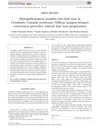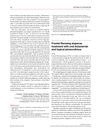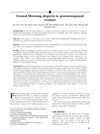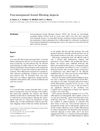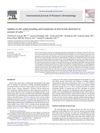Hyperpigmentation Following Treatment of Frontal Fibrosing Alopecia
November 2013
in “
Case reports in dermatology
”
TLDR A woman's skin darkened after using dutasteride and pimecrolimus for hair loss, but improved when she stopped the medications and protected her skin from light.
A 57-year-old postmenopausal woman with frontal fibrosing alopecia (FFA) was treated with dutasteride and pimecrolimus, which initially improved her condition. However, she developed hyperpigmentation on her joints and face after 8 months. Discontinuation of the treatment and use of photoprotection led to an 80% improvement in hyperpigmentation after 5 months. This case highlighted a previously unreported side effect of hyperpigmentation associated with the combination of dutasteride and pimecrolimus, suggesting the need for further studies to evaluate this association.
